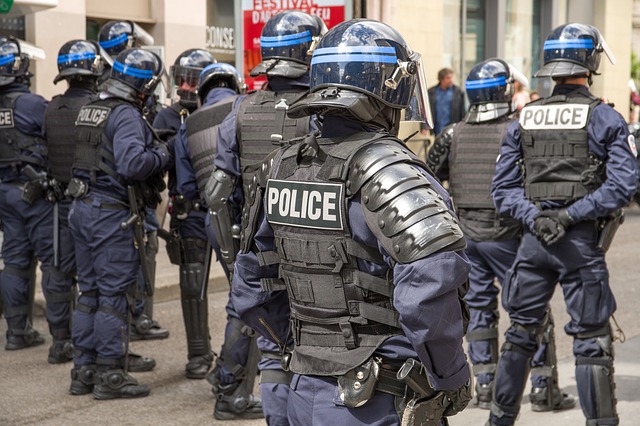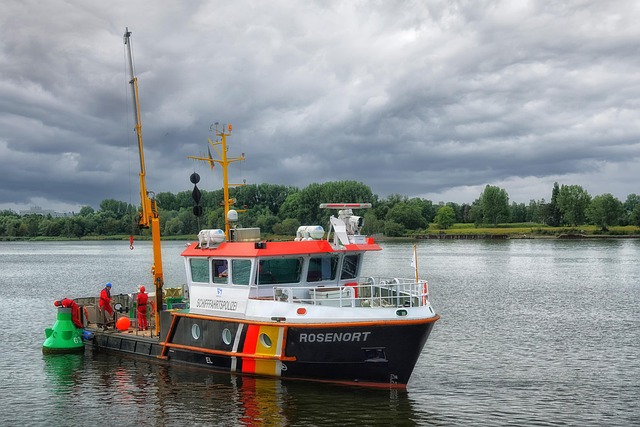Unravel Real Estate Disputes: Strategies for C-Level Resolutions

Real estate disputes at the C-level demand meticulous handling due to their high stakes and complexi…….
The real estate industry, a cornerstone of global economies, is often characterized by complex transactions and significant financial implications. As markets evolve and become increasingly interconnected, the potential for disputes arises at various stages, from property sales to construction projects and landlord-tenant relationships. This article delves into the intricate world of resolving real estate disputes, offering a comprehensive understanding of strategies, methods, and their global impact. By exploring this topic, we aim to equip readers with valuable insights, ensuring smoother transactions and stronger business relationships in the dynamic realm of real estate.
Real estate dispute resolution (RED) is a multifaceted process designed to address and mitigate conflicts related to property matters. It encompasses a range of techniques and procedures, including negotiation, mediation, arbitration, and litigation, aimed at reaching mutually agreeable outcomes for all parties involved. The core components include:
The concept of dispute resolution in real estate has evolved over centuries, reflecting changes in societal norms, legal systems, and economic practices. Historically, disputes were often resolved through lengthy court battles, favoring the party with the strongest legal argument. However, the 20th century witnessed a paradigm shift with the rise of alternative dispute resolution (ADR) methods, which emphasize cooperative problem-solving over adversarial litigation.
RED gained prominence due to several factors:
Today, RED is integral to maintaining stable and efficient real estate markets worldwide.
The global impact of RED is evident in its adoption across diverse jurisdictions and cultural settings. Key influences include:
Regional trends reflect unique cultural, economic, and legal environments:
| Region | Key Trends |
|---|---|
| North America | Rise of technology-assisted review (TAR) in document-heavy disputes; growing use of online mediation platforms. |
| Europe | Increasing focus on sustainable and green building disputes, reflecting the region’s emphasis on environmental policies. |
| Asia | Complex cross-border transactions drive demand for international arbitration and hybrid dispute resolution models. |
| Middle East | Integration of traditional sharia law with modern ADR practices, particularly in construction and property disputes. |
RED plays a pivotal role in shaping real estate market dynamics:
The role of RED in economic systems is multifaceted:
Technology has revolutionized the landscape of real estate dispute resolution:
Emerging technologies will continue to shape the future of RED:
Effective RED is underpinned by supportive policies and regulations:
Policies and regulations guide the practice of RED in several ways:
Despite its advantages, RED faces several challenges:
Addressing these challenges requires a multi-faceted approach:
The Challenge: A foreign investor faced a dispute over contract breaches in a major European property development project. The unique legal environment and language barriers posed significant hurdles.
RED Approach: The parties opted for international arbitration, choosing a neutral venue with arbitrators possessing expertise in real estate law. Advanced document management and video conferencing facilitated efficient communication despite geographical challenges.
Outcome: The arbitral tribunal issued a comprehensive award, resolving all disputes and setting a precedent for future cross-border transactions. The swift resolution fostered investor confidence in the region’s legal framework.
The Issue: A local community opposed a proposed high-rise development, arguing it would disrupt their peaceful neighborhood. Developers sought to resolve the dispute without litigation.
Resolution Strategy: Mediation was employed, with the mediator facilitating open dialogue between developers and community members. This process led to a mutually agreeable compromise, resulting in a scaled-down project that addressed both parties’ concerns.
Impact: The successful resolution preserved the community’s quality of life while ensuring the project moved forward, demonstrating the value of collaborative dispute resolution.
Scenario: A major construction company and a property owner disagreed over defective green building materials, leading to delays and additional costs.
Adherence to RED: The parties engaged in mediation, focusing on the unique aspects of sustainable construction. Expert witnesses provided insights into industry standards, enabling a fair and swift resolution.
Result: The mediated agreement included clear guidelines for future projects, fostering improved communication and cooperation between developer and owner.
Several areas are expected to witness significant growth in the coming years:
To thrive in the future of RED:
The field of real estate dispute resolution stands at an exciting crossroads, shaped by technological advancements, evolving legal landscapes, and changing market dynamics. As the global real estate industry continues to grow and diversify, efficient and effective RED practices will be instrumental in maintaining stability, fostering trust, and ensuring fair outcomes. By embracing innovation, adapting to challenges, and staying informed about emerging trends, professionals can navigate the future of RED with confidence, contributing to a more robust and resilient global market.
Q: How does mediation differ from arbitration in real estate disputes?
A: Mediation is a collaborative process where a neutral third party assists parties in reaching an agreement. Arbitration, on the other hand, is more adversarial, with an arbitrator making a binding decision after hearing both sides. Mediation offers flexibility and control to the parties, while arbitration provides a quicker and more structured resolution.
Q: Can technology completely replace human involvement in dispute resolution?
A: While technology can automate certain aspects and enhance efficiency, complete replacement of human involvement is unlikely. Human judgment, empathy, and nuanced understanding remain crucial, especially in complex disputes where context and communication are essential.
Q: How do I choose the right dispute resolution method for my real estate transaction?
A: The choice depends on various factors, including dispute complexity, desired outcome, time constraints, and cost considerations. Consultation with legal professionals or RED experts can help determine the most suitable method for your specific situation.
Q: Are there any regional differences in how real estate disputes are handled?
A: Indeed, cultural, legal, and economic variations significantly influence RED practices worldwide. Understanding these differences is vital when engaging in cross-border transactions or international arbitration to ensure compliance with local laws and customs.

Real estate disputes at the C-level demand meticulous handling due to their high stakes and complexi…….

Healthcare legal disputes, from billing to malpractice, demand specialized knowledge and meticulous…….

C-Level Investigations offer a strategic alternative to legal disputes in real estate, addressing fi…….

Corporate crime investigations and real estate dispute resolution both require strategic approaches……..

Mastering criminal law is essential for resolving real estate disputes, from fraud investigations to…….

Criminal law cases involving real estate disputes require a balanced approach to justice and fairnes…….

Antitrust laws are crucial for fair competition in real estate. Understanding these laws helps devel…….

Real estate disputes are common, ranging from contract issues to property conflicts. Preventive meas…….

Securities class actions, effective tools for protecting investors from fraud, can guide real estate…….

Finance crime probes are crucial for upholding integrity in the financial sector and real estate tra…….